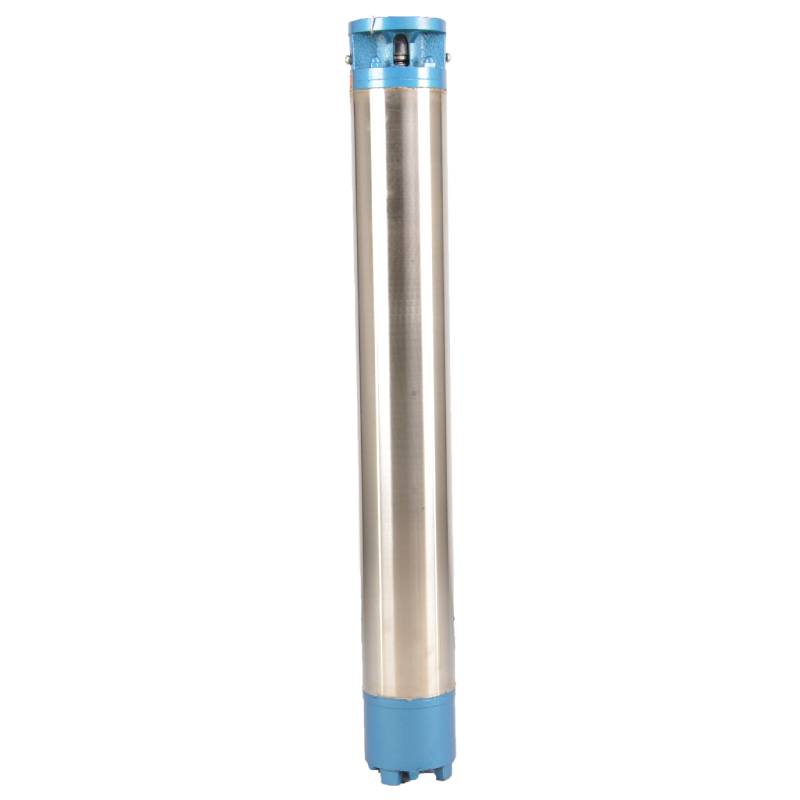Jul . 26, 2024 15:28 Back to list
Reliable submersible pump for efficient removal of dirty water in various applications and environments
Understanding Submersible Dirty Water Pumps
Submersible dirty water pumps are essential tools in various applications, including construction, agriculture, and municipal services. Designed to operate underwater, these pumps efficiently handle wastewater and other dirty liquids, making them indispensable for efficient water management. This article explores the features, applications, and benefits of submersible dirty water pumps.
What is a Submersible Dirty Water Pump?
A submersible dirty water pump is a type of pump that is designed to be submerged in the liquid it is pumping. Unlike standard pumps that operate above the water line, submersible pumps are completely submerged, allowing for greater efficiency and reduced risk of pump failure. These pumps are usually equipped with a sealed motor that prevents water from entering, ensuring reliable performance even in challenging conditions.
Key Features
1. Robust Construction Submersible dirty water pumps are usually made from high-quality materials such as stainless steel or high-grade thermoplastics. This construction makes them resistant to corrosion, wear, and tear from sediment and debris in dirty water.
2. High Flow Rates These pumps are designed to handle significant volumes of water. They can efficiently pump out water from flooded areas, basements, or construction sites, making them vital during emergencies.
3. Versatile Applications Submersible dirty water pumps can handle a variety of liquids, including wastewater, sewage, and slurries, which can contain solid particles. This versatility makes them suitable for use in construction sites, septic systems, and agricultural fields.
4. Automatic Operation Many modern submersible pumps come equipped with float switches or automatic sensors that allow them to turn on and off based on water levels. This feature improves efficiency and helps prevent overflow situations.
Applications
Submersible dirty water pumps find utility in numerous sectors
submersible dirty water pump

- Construction In construction, submersible pumps are vital for dewatering sites, especially in areas prone to flooding. They help keep trenches and foundations dry, ensuring safe and timely progress of construction projects.
- Agriculture Farmers use these pumps to irrigate crops, particularly in areas where surface water is scarce. The ability to pump dirty water makes them suitable for transferring water from ponds and rivers that might contain impurities.
- Municipal Services Local authorities often utilize these pumps during stormwater management and sewage treatment. They help mitigate flooding by quickly removing excess rainwater from streets and low-lying areas.
- Residential Use Homeowners may also use submersible dirty water pumps for tasks such as draining flooded basements or emptying pools. Their ease of use and efficiency cater to a range of residential water management needs.
Benefits
Utilizing a submersible dirty water pump offers several advantages
- Efficiency Their submerged operation leads to less energy consumption compared to surface pumps, making them cost-effective options for prolonged use.
- Reduced Noise Levels Since they operate underwater, submersible pumps are generally quieter than their surface counterparts, making them suitable for residential areas.
- Space Saving These pumps do not require extensive installation space, allowing for convenient storage and operation in confined areas.
In conclusion, submersible dirty water pumps are remarkable devices that serve crucial functions in both industrial and residential settings. Their robust design, efficient flow rates, and versatility make them invaluable for managing dirty water in a variety of applications. As technology advances, these pumps continue to improve, offering even greater reliability and efficiency, contributing to more effective water management solutions globally.
-
Submersible Water Pump: The Efficient 'Power Pioneer' of the Underwater World
NewsJul.01,2025
-
Submersible Pond Pump: The Hidden Guardian of Water Landscape Ecology
NewsJul.01,2025
-
Stainless Well Pump: A Reliable and Durable Pumping Main Force
NewsJul.01,2025
-
Stainless Steel Submersible Pump: An Efficient and Versatile Tool for Underwater Operations
NewsJul.01,2025
-
Deep Well Submersible Pump: An Efficient 'Sucker' of Groundwater Sources
NewsJul.01,2025
-
Deep Water Well Pump: An Efficient 'Sucker' of Groundwater Sources
NewsJul.01,2025
-
 Submersible Water Pump: The Efficient 'Power Pioneer' of the Underwater WorldIn the field of hydraulic equipment, the Submersible Water Pump has become the core equipment for underwater operations and water resource transportation due to its unique design and excellent performance.Detail
Submersible Water Pump: The Efficient 'Power Pioneer' of the Underwater WorldIn the field of hydraulic equipment, the Submersible Water Pump has become the core equipment for underwater operations and water resource transportation due to its unique design and excellent performance.Detail -
 Submersible Pond Pump: The Hidden Guardian of Water Landscape EcologyIn courtyard landscapes, ecological ponds, and even small-scale water conservancy projects, there is a silent yet indispensable equipment - the Submersible Pond Pump.Detail
Submersible Pond Pump: The Hidden Guardian of Water Landscape EcologyIn courtyard landscapes, ecological ponds, and even small-scale water conservancy projects, there is a silent yet indispensable equipment - the Submersible Pond Pump.Detail -
 Stainless Well Pump: A Reliable and Durable Pumping Main ForceIn the field of water resource transportation, Stainless Well Pump has become the core equipment for various pumping scenarios with its excellent performance and reliable quality.Detail
Stainless Well Pump: A Reliable and Durable Pumping Main ForceIn the field of water resource transportation, Stainless Well Pump has become the core equipment for various pumping scenarios with its excellent performance and reliable quality.Detail
